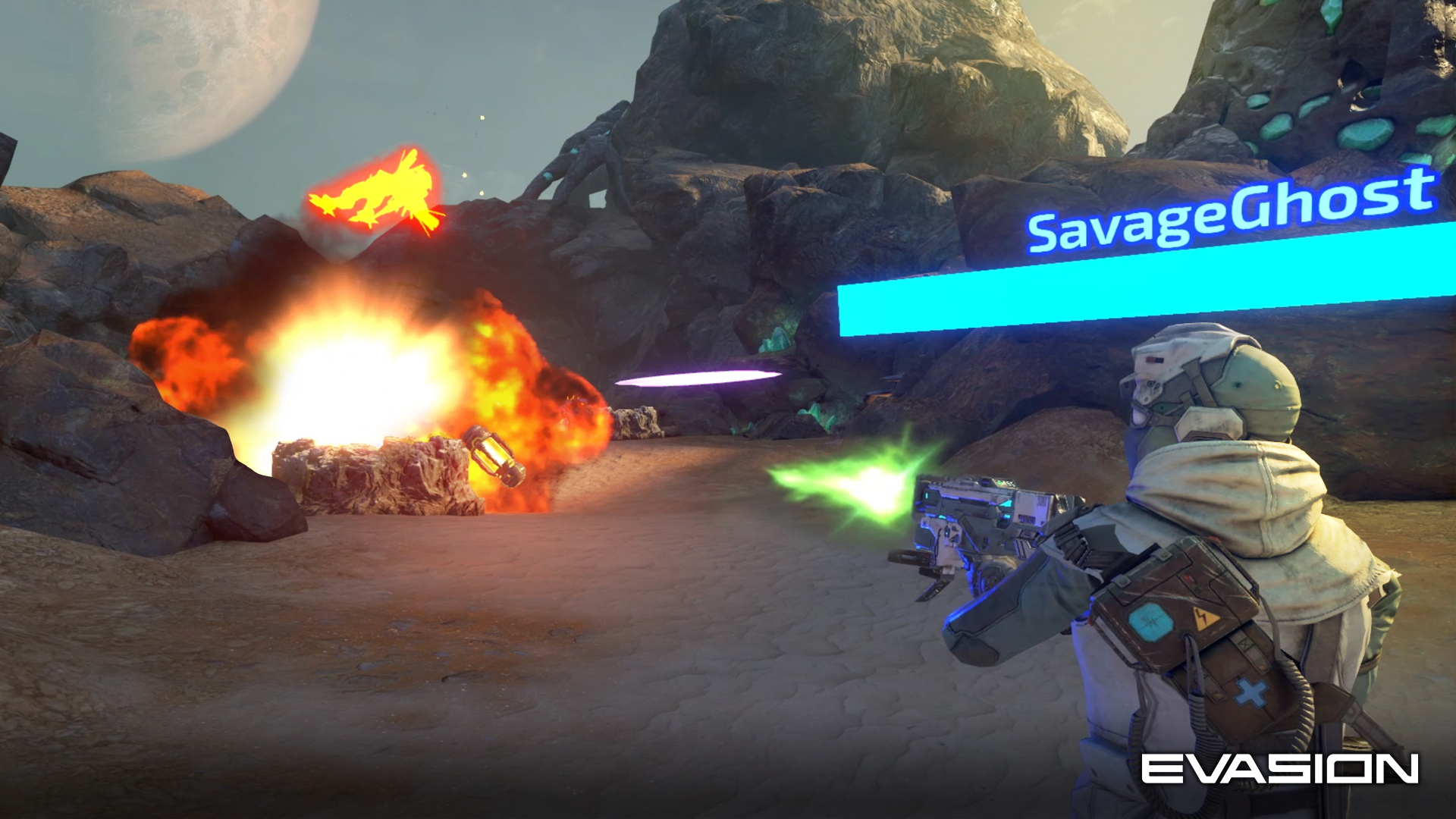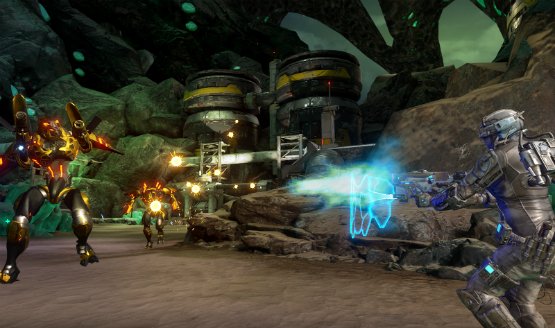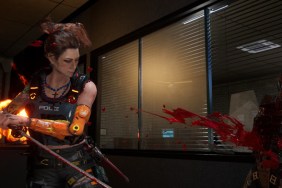When I went up to Seattle to play Archiact’s Evasion, I had a confession to make: my experience with VR, and especially PlayStation VR, is fairly limited. While it didn’t affect the experience of playing Evasion, I still had that childlike wonder of being fully immersed in a world, which may have actually affected my gameplay. Because I died. A lot.
Thankfully, the fine folks at Archiact played along with my (over)enthusiasm. I soon learned, however, that actually playing Evasion wouldn’t be such a rosy experience. Evasion is best described as a first-person, VR bullet-hell, and if that sounds overwhelming, well, it is. It also stands out with the emphasis it puts on defense and overall strategy, which almost contrasts with its bullet hell nature. While it was a challenging experience, I was determined to push forward, even if I was fighting a losing battle.
Training Grounds
During the tutorial session I played the surgeon, the Vanguard’s dedicated healers. Players have the option of either using the analog stick to move or jog in place (while pushing down on the analog stick). A natural klutz, I went with using the analog stick, although I won’t lie and say there wasn’t a novelty in jogging in place in my demo suite. I decided moving via the controller would also help me be more efficient in battle. It’s the little things that make the most difference.
Each class has both an offensive and defensive Tether move. However, the Tether Link is to be used on a fellow player, meaning there’s no situation to utilize it in single player, and subsequently, my demo. And yes, Evasion is playable with up to two players. Senior producer Jennifer Dowding told me that, when playing co-op, you will be able to see the other player’s full avatar, which is a nice touch to make everything that more immersive.
Go Forth to Battle
My demo of Evasion was actually the story’s second mission. While that means there’s not much in the way of exposition, it also meant I was able to jump right into the action. For my first playthrough, I chose the Striker class, the hardest-hitter of all the Vanguards. They’re also the ones with the least defense and health, meaning players who chose this class must be very offense-focused. As someone who tends to run-and-gun without regard to my defense, I figured it would be the best option. “Figured” is the key word here.
The Striker’s pulse blaster is a damage-dealer, for sure. Each Vanguard class has a special charge attack as well, meaning the Striker has the potential to sweep enemies in no time. Of course, you can’t go in completely guns a-blazing. After all, you can’t mow down enemies if they mow you down first. Since the Striker’s defense is relatively brittle compared to the other three classes, you’ll need to be smart about your approaches to attacks.
While I was decently competent at gunning down the Optera, I was rather less competent at successfully defending against their attacks. In addition, I didn’t take complete advantage of the Tether attacks as I should have. After chipping away enough of an enemy’s health, you have the option of unleashing your offensive Tether attack, of which each class has their own. The Striker can create a gravity field that can suck in nearby enemies. Once you’ve got a cluster, you’re able to unleash your attack and see the fireworks.
More than Shooting
Remember when I said I tended to not focus on defense? That was my main undoing during my demo, I reckon. Each Vanguard has their own personal energy shield with the intention of blocking attacks. Your energy shield will always be active, meaning you don’t have to summon it during play. To make use of the shield, you’ll have to move your controller (Evasion utilizes the PlayStation Aim controller) in the direction of incoming attacks, which can then deflect an attack back to the enemy.
Even though enemies are swarming you at all times, you still have a chance. If you manage to kill via a Tether attack, you will be able to pick up an extra buff. One will power up your weapon for an eventual surge attack, while another will create a temporary healing field for you. The odds may seem stacked against you, but if you play your cards right, you may just be able to scrape by.
Taking a Different Approach
After two full attempts as the Striker (you get three lives per mission), I decided to change things up. I took on the role of Engineer, and it turned out to be a wise decision on my end. In a contrast to the other classes, the Engineer’s weapon produces an energy blast that can also be charged. I immediately connected with the Engineer’s energy attack, but the real fun was still yet to come.
The Engineer’s Tether ability is essentially a tractor beam that holds the enemy in its place. Once it’s stuck, you can flick your prey in any direction, sending it on a collision course. In a stroke of genius, you send the enemy flying by flicking the Aim controller. I truly never felt as powerful in Evasion as when the enemies were at my mercy.
The Engineer is also a much better defensive choice than the Striker, with more health and a bigger shield. The class system is a great way to give Evasion a slight RPG element and to encourage replayability. There’s fun to be had in experimenting with different classes and the abilities they carry. Each has their strengths, but each also has their weaknesses. I only had the chance to try out two of the classes, and I wanted to know everything that made both of them tick. Learning how to adapt to each class makes you want to keep going back to Evasion, and see how the game changes depending on who you play as.
A New Way to Play
After my demo, I had the opportunity to speak with Jennifer for a little bit. Archiact is a studio that is well-versed in virtual reality, and I asked what exactly about this technology was appealing to the team. “Immersion” may be an overused term to describe VR, but it truly is the best way to describe putting on a headset. The studio wants you to feel like you’re doing more than playing a game.
As for what attracted the team to PlayStation VR specifically, she called the hardware “an opportunity to hit a wide audience.” As an add-on to a console has sold over 80 million units, it certainly has an accessibility that other VR hardware may not necessarily have. Playing through the story of Evasion will take about four hours, although replayability was a big emphasis. In addition to the aforementioned classes, there are also survival missions included in Evasion, though they weren’t playable during my demo. These extras will also add a couple more hours to the game.
Evasion puts you through the wringer, that’s for sure. But it does so in a way that you want to keep chugging along. I died quite a bit, but I never felt compelled to give up. Rather, I used my death as an opportunity to learn. The team at Archiact is trying to do something different with VR, and so far, so good. Evasion releases on October 9, 2018 for the PS4 and PC.
Evasion August 2018
-
Evasion Screenshot 1
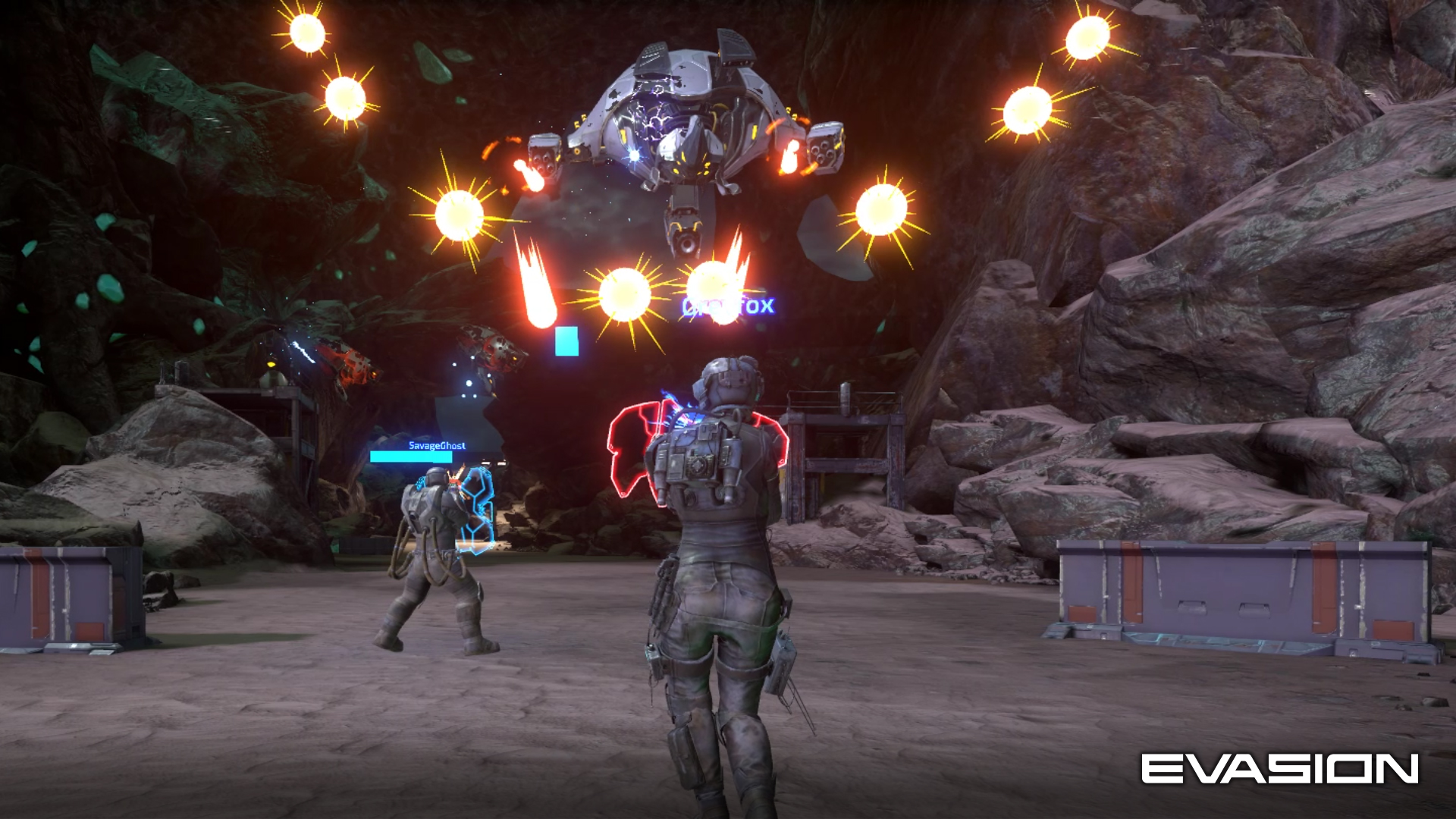
-
Evasion Screenshot 2

-
Evasion Screenshot 3
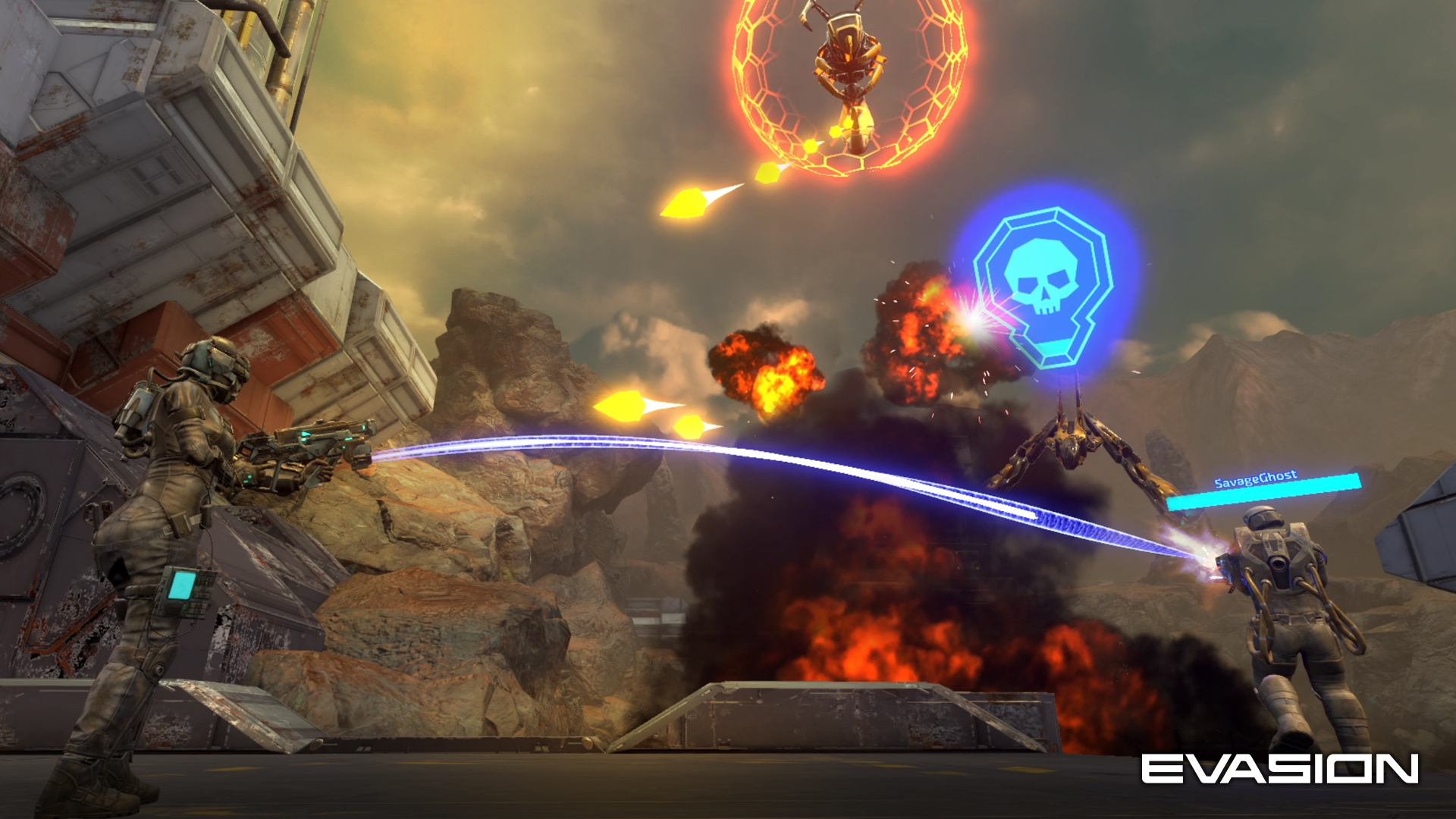
-
Evasion Screenshot 4
